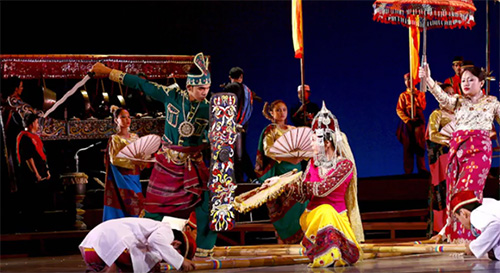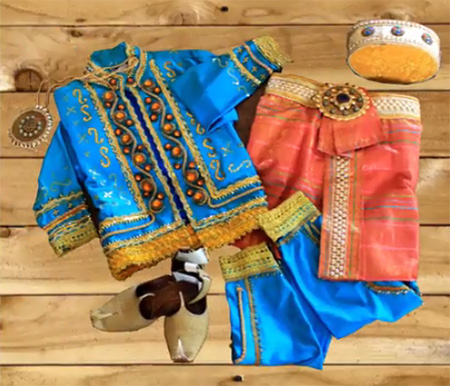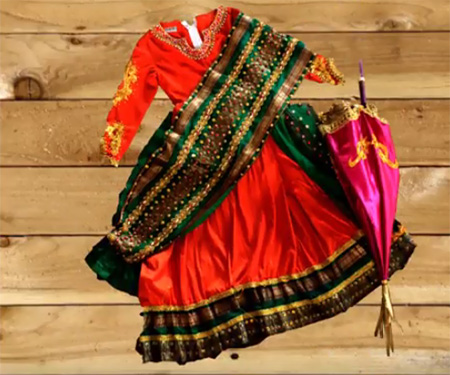 Folk dance clothing tells a lot about the culture and traditions of a country. In the Philippines, there is a dance called “singkil” that shows us the traditional costumes of the Maranao people and their local folklore. It is a tiny part of the Filipino clothing culture but nevertheless, a very significant, colorful, and bright part. The dance itself is beautiful and the dancers’ outfits make it exceptional.
Folk dance clothing tells a lot about the culture and traditions of a country. In the Philippines, there is a dance called “singkil” that shows us the traditional costumes of the Maranao people and their local folklore. It is a tiny part of the Filipino clothing culture but nevertheless, a very significant, colorful, and bright part. The dance itself is beautiful and the dancers’ outfits make it exceptional.
Singkil is a folk dance of the Maranao people of Lake Lanao (the Philippines). It is Muslim royalty dance originating from the Filipino province Lanao del Sur on Mindanao island. The dance is performed with a royal entourage. Dancers weave through crisscrossed bamboo poles that are clacked together in a rhythmic clapping. It is said that this dance tells a legend about a princess who was caught in the middle of the forest during the earthquake organized by the diwatas (guardian spirits or fairies). The moves of the female lead folk dancer represent the gracefulness of the princess surrounded by falling bamboo trees. The male lead dancer represents the legendary Prince Bantugan of the Darangen, and he dances around the bamboo poles with his sword and shield. The Filipino singkil dance is a great sight to behold.

The costumes used during the singkil are among the most colorful and intricate Maranao attires. You can also find some Arab influence in the costumes.
The Maranao Prince outfit consists of a colorful long silk shirt adorned with metallic golden threads, matching long pants with similar decorations, an enormous metal necklace, and a knotted cap decorated with exquisite gold embroidery. The prince props include a shield made from wood, covered with thin brass plates and decorated with Maranao ornamentation and a traditional Maranao sword called “kris”. The real kris is a beautiful and lethal weapon.

The Maranao Princess costume is made from silk or cotton. The garments are ornate, decorated with metallic threads embroidery, sequins, pearls, and long beads. The dancer also has intricate jewelry, like bangles and etc. Her headdress is a work of art. It is made of silk and brass, decorated with tassels and dangling beads. She is wearing colorful Arab pointed shoes. The lead dancer uses fans as accessories – made from bamboo and decorated with beautiful appliques. Also, the essence of a singkil dance are the bells worn by the Princess – they are called "singkil".
Almost all of the dance groups performing singkil wear a "sarimanok" headdress (it's a mythical bird from the epic Darangen of the Maranao, specifically a rooster). BUT it's a disrespect for a princess to wear that kind of headgear.

Another important character in singkil dance is the Slave girl or Mag-Asik. Her clothing consists of a long loose cotton dress adorned with beading and appliques, a kind of sash called “malong”, and no shoes. The tubular malong is perhaps the most common dress of the Maranao people. As this is a slave girl, she doesn’t wear shoes. But she has a significant accessory: a silk umbrella embellished with the traditional Maranao embroidery patterns and adorned with either old coin dangles or tassels.



